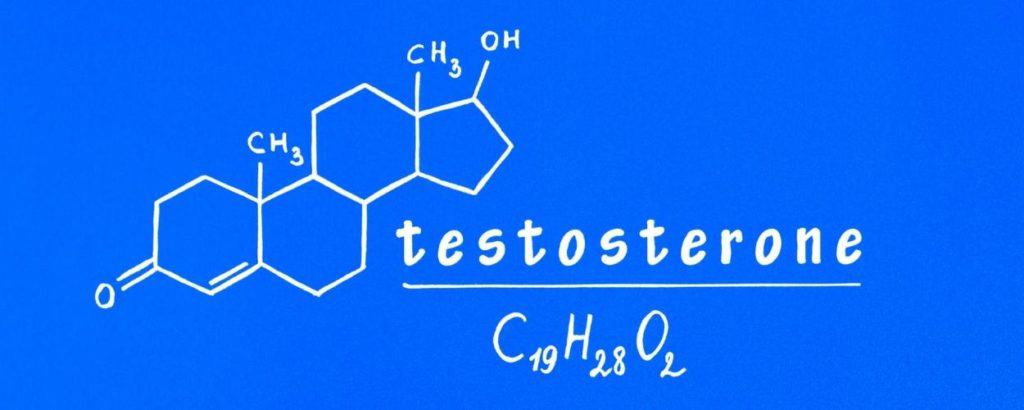
how to manage polycythemia caused by testosterone replacement therapy
testosterone replacement therapy insurance
A comprehensive guide to the benefits and risks of testosterone replacement therapy can help men understand this treatment's potential advantages and disadvantages. Testosterone replacement therapy, or TRT, is a hormone replacement therapy used to treat men with symptomatic low testosterone. It involves taking hormones like testosterone to supplement the body's naturally-occurring testosterone. While it can help those with low testosterone levels, it can also come with several risks. These include an increased risk of prostate cancer, cardiovascular issues, and gynecomastia. It is also important to note that there is evidence suggesting that testosterone replacement therapy may increase the risk of stroke. It is essential to consult a physician before beginning any hormone replacement therapy to assess the potential health risks and benefits. Furthermore, it is often recommended that patients discuss the potential side effects with a healthcare provider to ensure they are comfortable with the potential risks. While testosterone replacement therapy can be beneficial for men with low testosterone levels, it is important to understand the potential risks and benefits before beginning any hormone replacement therapy.
Testosterone Pellet Therapy (or Testosterone Pellet Therapy) is a new and revolutionary treatment that can be used to treat a wide range of conditions, both in men and women. The therapy involves inserting small, rice-sized pellets that contain a hormone called testosterone into the body's tissues. The pellets are made of biocompatible material that slowly releases the hormone over several months. The slow release allows for a steady testosterone level, which makes it a great choice for people with low testosterone. Testosterone Pellet Therapy is also able to treat many conditions such as hypogonadism and male infertility. This therapy results in patients feeling more energetic, with a higher level of muscle mass, improved libido and a greater sense of well-being. This therapy is safe and quick, making it a good option for anyone looking to improve their quality of life.
The final decision is yours. Ask for a discussion about the options available and whether your particular practice uses them.




